Good jeans: the hunt for sustainable denim
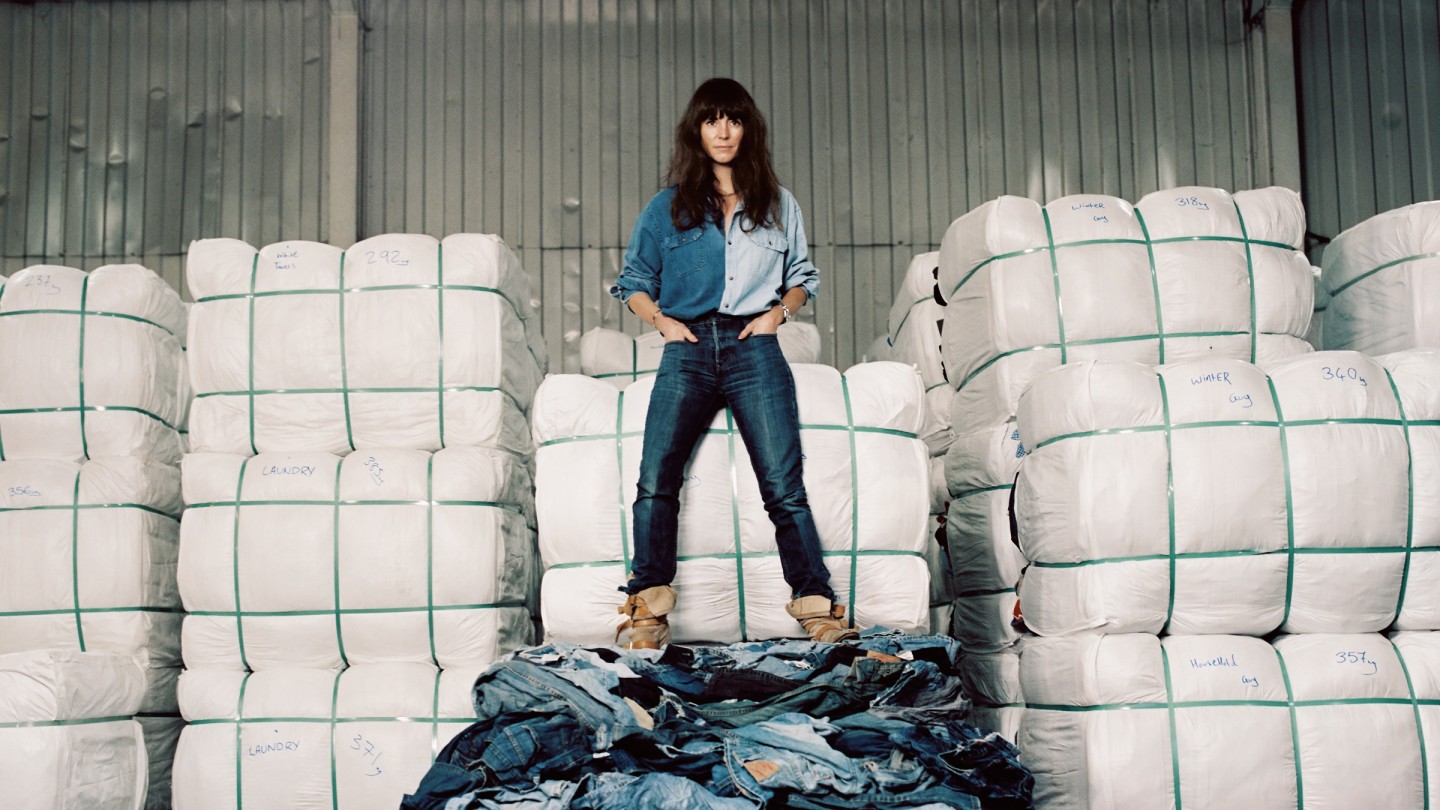
Simply sign up to the Style myFT Digest -- delivered directly to your inbox.
Have you shopped for jeans recently? You might have noticed that they’ve got very good at green promotion on the shop floor. Dangling from their belt loops are hang tags equipped with buzzy tick-list terms: “organic”, “sustainable” and “low impact”. I am Good on Paper, the jeans declare.
And the contenders are coming thick and fast. In October, loungewear brand Pangaia launched its debut indigo denim range – a unisex collection of two jeans and a jacket. Crafted from wild Himalayan nettle and organic cotton, which is grown without pesticides that would otherwise contaminate surrounding ecosystems, the fibre is also treated with peppermint oil to keep the jeans fresh for longer – thus saving laundry water. They arrive in compostable packaging that breaks down within 24 weeks, according to its messaging: “No action is too small to make a positive change.”
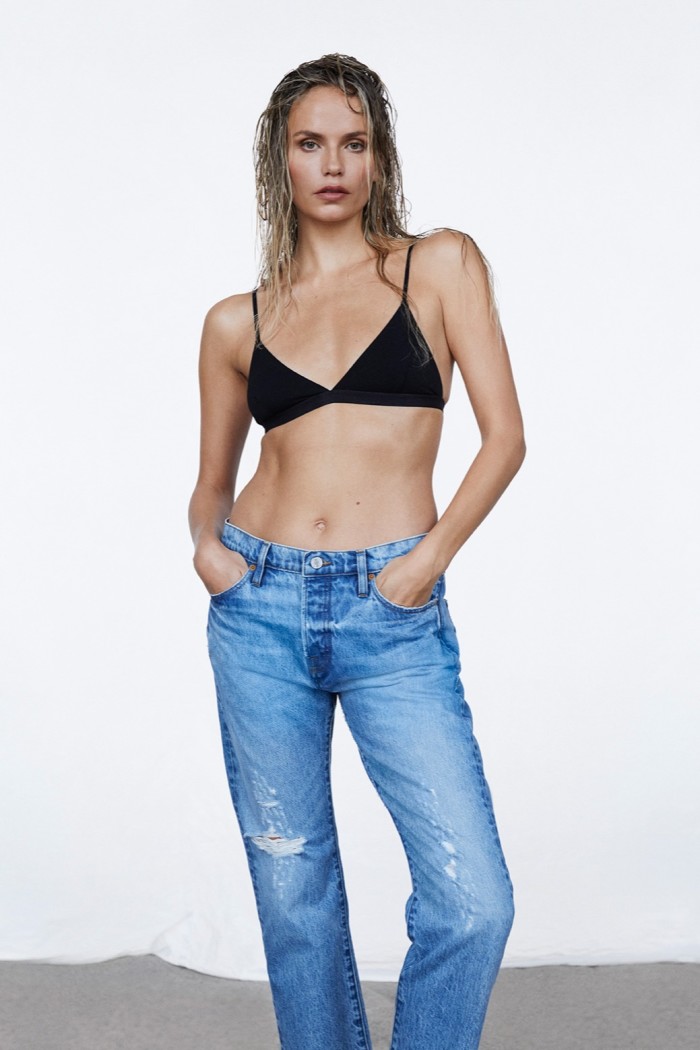
Swedish brand Bite Studios, which uses fibres such as corn leather and rose-petal silk, recently launched three styles of jeans that are made from organic cotton. So too are I And Me’s genderless jeans, which are dyed naturally and use lasers, instead of water, to achieve a fade, while Mother of Pearl traces its fibres from field to finished garment. Levi’s, meanwhile, is set to launch its “most sustainable 501 ever” in January, using recycled denim fibres and replacing polyester threads for cotton ones, which it claims aids end-of-life biodegradability. Frame, fresh from a cool collaboration with the Ritz Paris, has launched a collection featuring three new fabrics that it says are “63 per cent sustainable in fabric and wash, and 17 per cent degradable at a style level” – whatever that means.
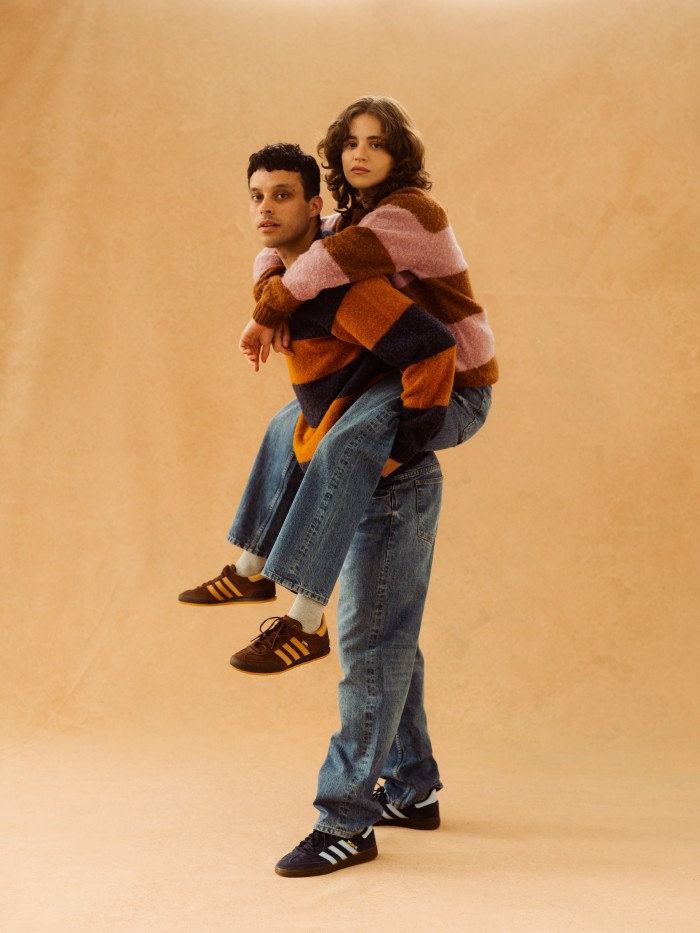
In the name of research, I schlepped 30,000 steps around central London to try this new breed of jeans. After six hours of sartorial speed-dating – I tried on 300 pairs in Selfridges – I found a pair in Cos. (Side note: supposed sustainability does not make denim fit any better.) Leg lengthening with a straight taper, they landed in my life with a tag full of green promise: made from organic cotton, they also have no rivets, the silvery studs that no longer serve any purpose. Removing them means “denim can be recycled”, according to Karin Gustafsson, design director at Cos.
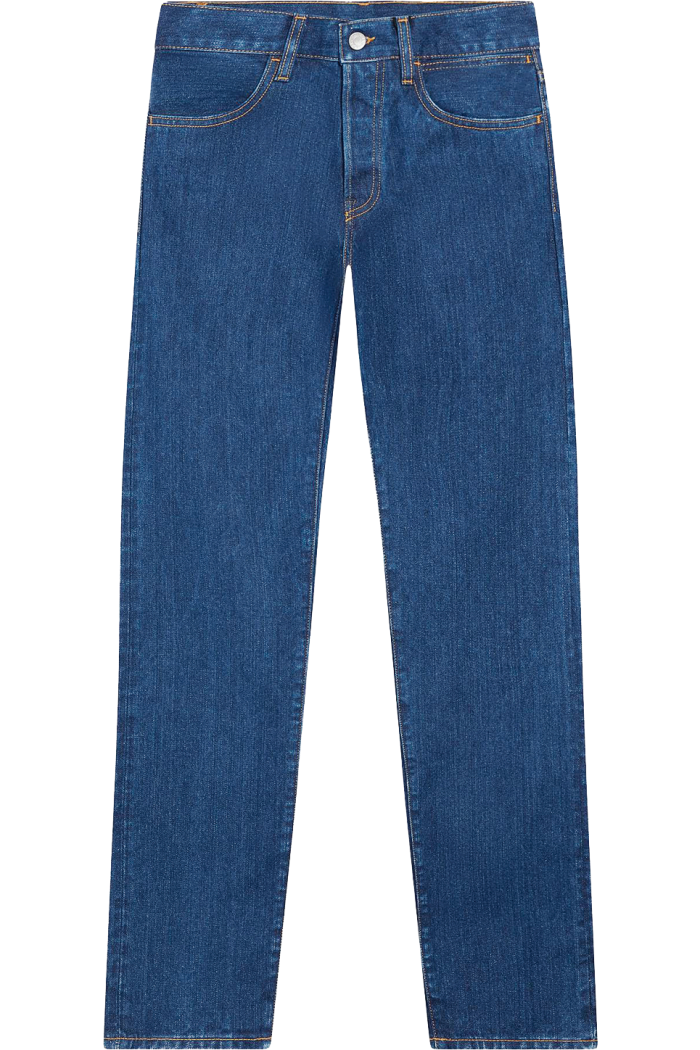
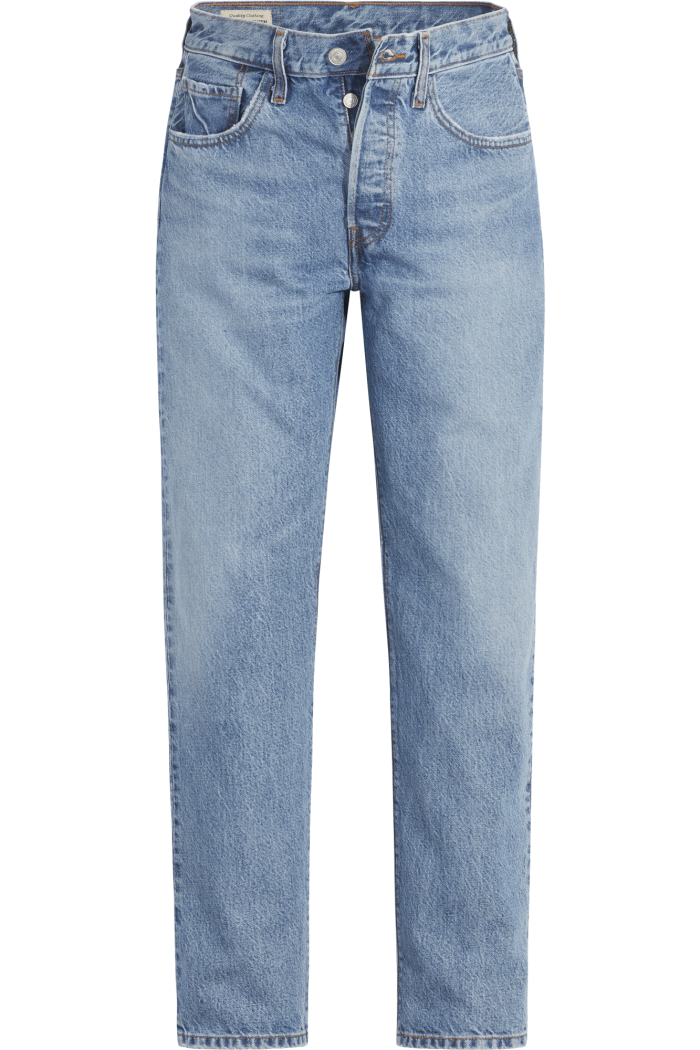
But does Good on Paper actually mean Good? “I would be hesitant to say that any garment’s manufacture is ever truly eco,” says Maxine Bédat, founder and director of the New Standard Institute, a non-profit that works to make the fashion industry more sustainable. Denim, as we know, is particularly problematic thanks to its reliance on cotton, chemical dyes, and lots (and lots) of water; 1.25bn pairs of jeans are sold every year, says Bédat, and a standard pair takes 1,500 gallons of water to produce. “Brands can say, ‘We’re reducing our water’, or ‘We’re working on better chemical management’,” continues Bédat. “But I would be hard pressed to find a denim company that’s working on its greenhouse gas emissions.”
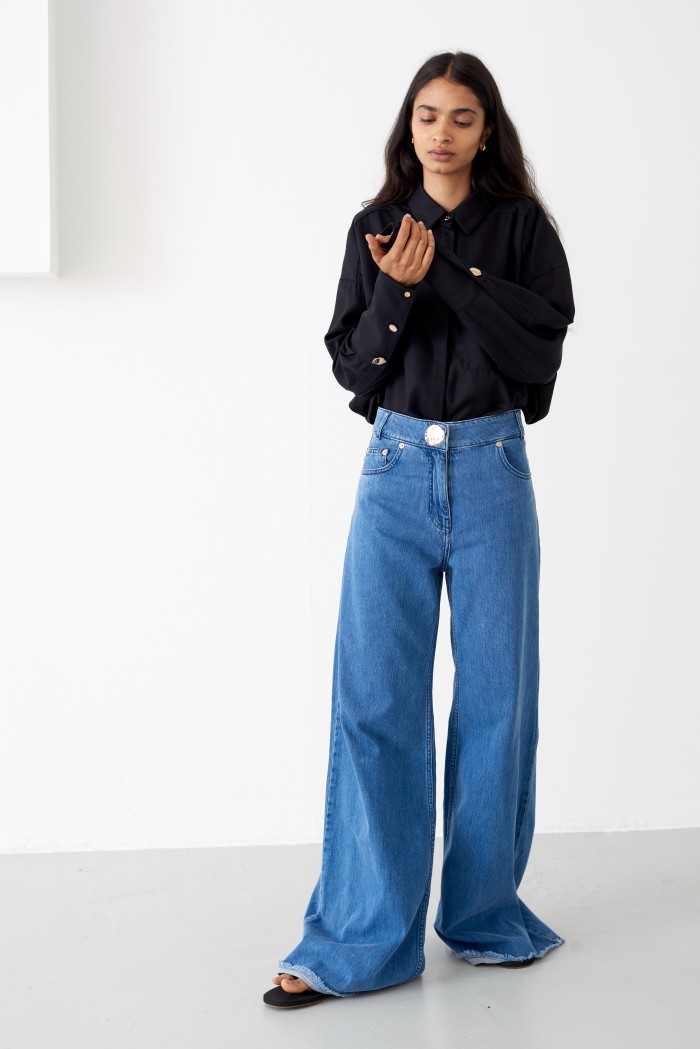
While potentially being better, denim is not yet best. The industry needs an overhaul, and only a few brands and mills have been prepared to take responsibility for every part of their production and invest in new technologies. Sarah Ahmed, chief creative officer of New York-based brand DL1961, produces all her jeans at her family’s solar-powered factory in Pakistan. Opened 30 years ago by her dad, a “nerd” who formerly worked in tech, the site manages the whole making process from fibre to finished garment. “We have complete control over every aspect,” says Ahmed, “which helps us optimise and innovate.”
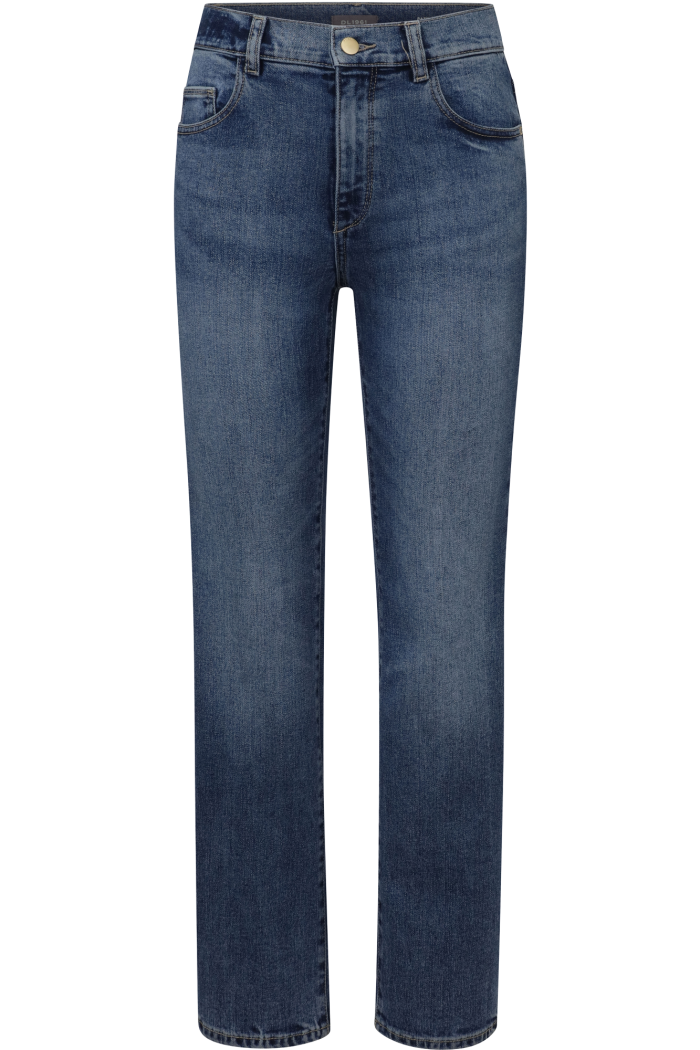
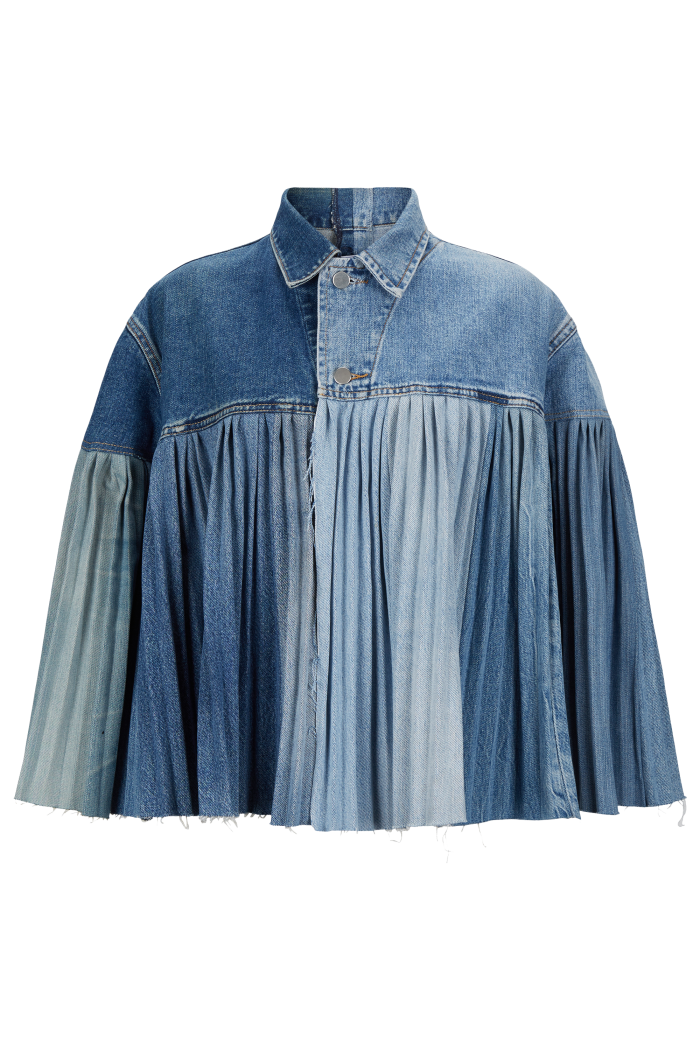
For DL1961’s jeans, the factory recycles old denim into a new cloth; dyes it with Dystar, an indigo that eliminates toxic sodium hydrosulphite from the process; finishes it with waterless ozone and laser technology; and each pair requires less than 10 gallons of water to produce. The factory makes jeans for many other brands – it produces 36 million yards of denim a year – but not all of them pay for the same eco craft. And the tech isn’t perfect: the addition of Lycra-based stretch, which DL1961 and countless other brands weave in to turn bums into booties, means the jeans can’t be recycled normally and won’t biodegrade.
A textile’s biggest environmental impact occurs at the mill. Brands such as Bite Studios and Frame work with Candiani, the premium Italian denim mill situated in a nature reserve north of Italy, which tests its wastewater for toxins and regenerates its dye baths rather than disposing of them. It’s been doing so since 1938.
Candiani also works in fibre innovation – in 2019 it launched its patented Coreva fabric, the first natural stretch denim, which derives from rubber instead of fossil fuels. Pangaia created its new nettle capsule with the mill. The cloth, which took more than a year to develop, uses wild crops that grow in the Himalayan forests and are harvested by local farmers for extra off-season income. Unlike cotton, which is so thirsty a plant it has dried up rivers, “nettle grows back every year without irrigation”, says Dr Amanda Parkes, chief innovation officer at Pangaia. Jonathan Cheung, Pangaia’s denim designer who formerly worked for Levi’s, says the cloth is “beautiful… it’s almost like tweed”. The straight-cut jeans and boxy ’90s-style jacket also use recyclable lyocell cellulose threads instead of polyester-cotton.
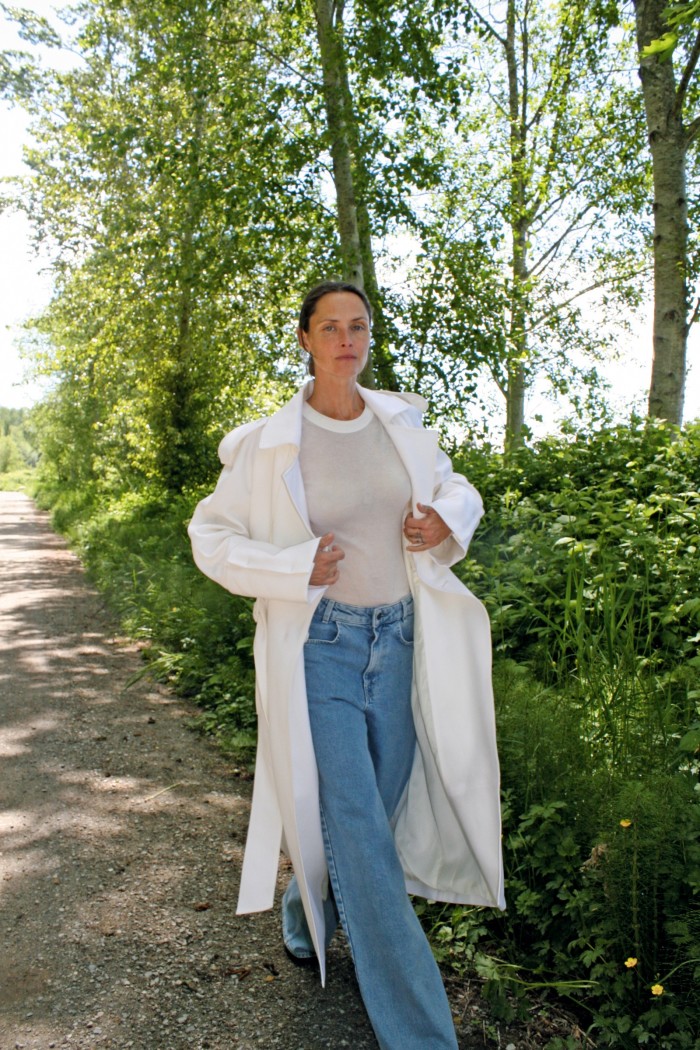
But before making cloth from scratch, or recycling old fibres into new materials (which marginally reduces emissions), brands could look to reuse what already exists. Bédat says jeans made of upcycled materials are “better”, from an impact perspective, than jeans made from new or recycled fibres. London-based label ELV Denim was founded by Anna Foster to create jeans, jackets, dresses and accessories out of old jeans sourced from vintage dealers in the UK. But even this comes with a caveat. “It’s important not to take what is good enough for someone to buy in a vintage shop,” says Foster, who sources around 10,000 pairs of jeans per year and buys only damaged post-consumer denim, in XL sizes, for her repurposed designs.
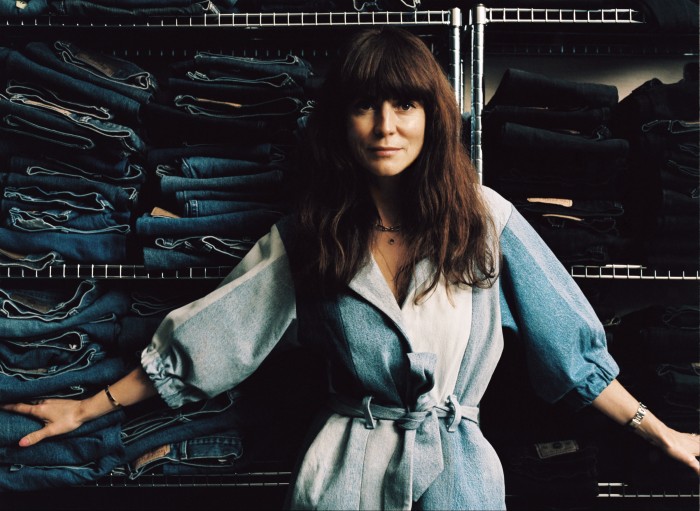
Foster has created an innovative chop-and-sew method to turn two pairs of old jeans into two new pairs with minimal waste. Working with Blackhorse Lane Ateliers in Walthamstow, damaged bits of cloth are cut around, while stains are either washed out or fabrics turned inside out. (She also says there’s a 1.5cm seam allowance so wearers can take them in or out.) “These jeans have been given the kiss of death but we’ve given them the kiss of life,” she says. “There are millions of old pairs out there, and if we don’t do something they’re going to sit in landfill.”
Fit is the most important factor when considering sustainability. “If you buy an eco pair but don’t wear them, the impact is equivalent to something not made well,” says Bédat. Women, particularly, can struggle with fit. So I was excited to discover waist-altering services at denim tailors such as Blackhorse Lane that – for around £40 – will get rid of that ever-present back gape by taking in the seat seam.
And it’s not all bad news. Denim’s status as the backbone of a modern wardrobe automatically makes jeans quite eco, according to Bédat: “Cost per wear, they’re less impactful.” Pangaia’s Cheung agrees: “You can wear them for years, often decades… What else do you wear that fades over time, gets ripped and repaired and looks better?”
Comments